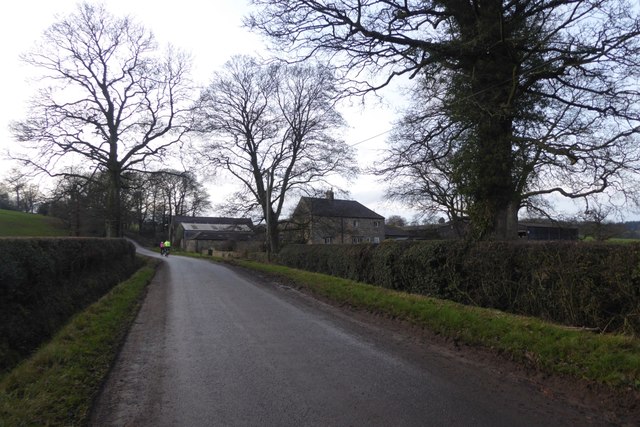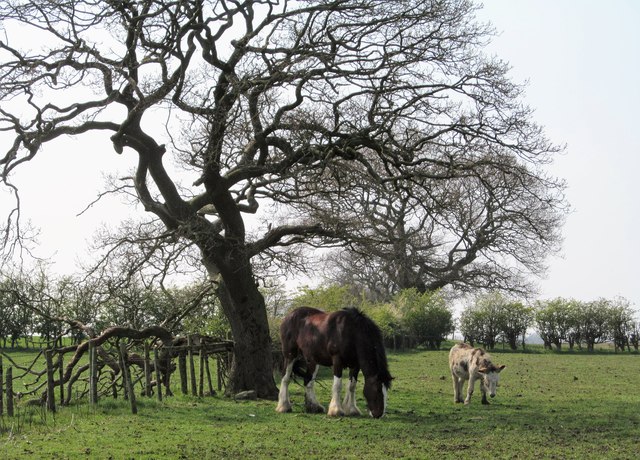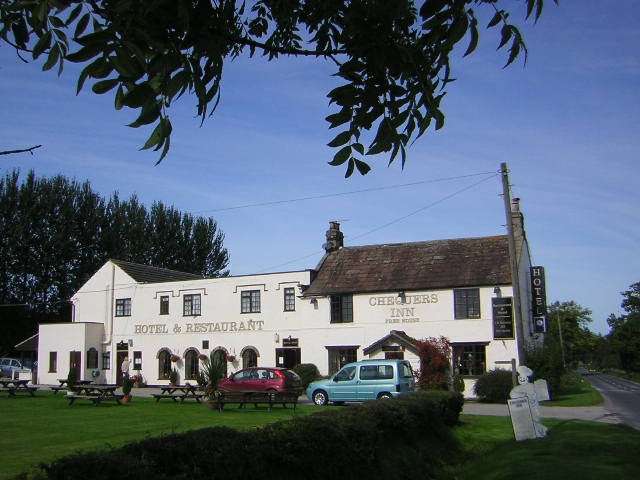Stripe Wood
Wood, Forest in Yorkshire Harrogate
England
Stripe Wood

Stripe Wood is a picturesque woodland located in the county of Yorkshire, England. Situated in the heart of the countryside, it covers an area of approximately 100 hectares and is home to a diverse range of plant and animal species. The wood is renowned for its stunning natural beauty and tranquil atmosphere, making it a popular destination for nature enthusiasts and walkers.
The woodland is characterized by its distinct striping pattern, which is created by the interplay of different tree species. The most prominent trees in Stripe Wood are the oak, beech, and birch, which together form a striking contrast of colors. In spring, the woodland floor is carpeted with a multitude of wildflowers, including bluebells, primroses, and wood anemones, creating a vibrant and enchanting scene.
The wood provides a habitat for a variety of wildlife, including deer, squirrels, and a wide range of bird species. Many nature lovers visit Stripe Wood for birdwatching, as it is home to several rare and endangered species, such as the pied flycatcher and redstart.
For visitors wishing to explore the wood, there are well-maintained footpaths and trails that meander through the trees, offering stunning views of the surrounding countryside. The wood is also equipped with picnic areas and benches, providing a perfect spot for families and friends to relax and enjoy the peaceful surroundings.
Overall, Stripe Wood is a hidden gem in Yorkshire, offering a haven of natural beauty and tranquility. Whether it's a leisurely stroll, birdwatching, or simply enjoying a picnic amidst the stunning scenery, visitors are sure to find solace and serenity in this enchanting woodland.
If you have any feedback on the listing, please let us know in the comments section below.
Stripe Wood Images
Images are sourced within 2km of 54.087323/-1.6092382 or Grid Reference SE2565. Thanks to Geograph Open Source API. All images are credited.
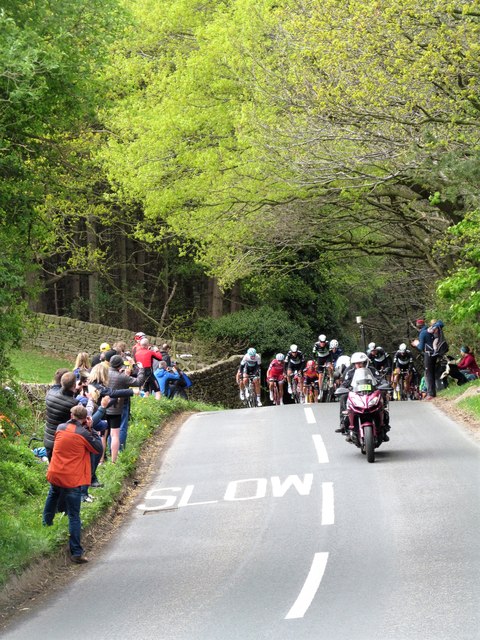

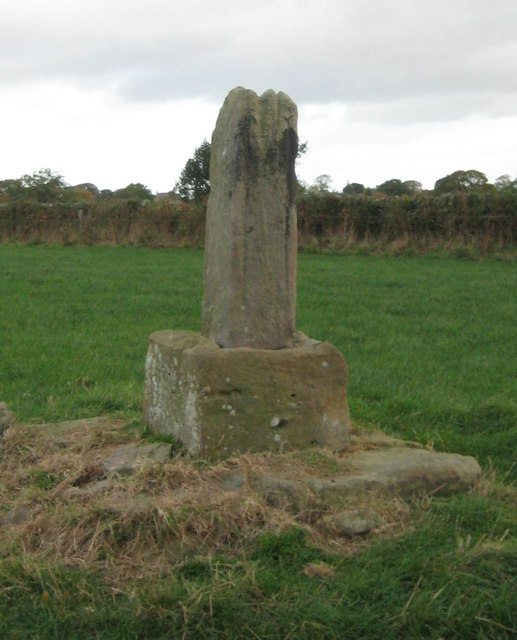



![Picking Gill The private track [Sawley Estate] along Picking Gill as seen from the point where the public footpath crosses it. Picking Gill is a steep sided valley quite out of proportion to the small stream which runs along it. Like several other valleys on the eastern flanks of the Pennines in this area it has been over deepened by glacial meltwaters coursing around the margins of the ice sheets that once filled the nearby Vale of York. This particular valley is likely to be a southward extension of that which curves around the Eavestone Lake a mile to the NW. A mere dip in the B6265 road close by its junction with Sawley Moor Lane soon develops into a steep sided little valley which heads down past this point. The valley contains mixed woodland and some specimen trees planted by 19thC landowners.](https://s3.geograph.org.uk/geophotos/06/12/44/6124471_3589428f.jpg)

Stripe Wood is located at Grid Ref: SE2565 (Lat: 54.087323, Lng: -1.6092382)
Division: West Riding
Administrative County: North Yorkshire
District: Harrogate
Police Authority: North Yorkshire
What 3 Words
///initiates.overlaps.marker. Near Ripon, North Yorkshire
Nearby Locations
Related Wikis
Sawley, North Yorkshire
Sawley is a village and civil parish in the Harrogate district of North Yorkshire, England. It is about 4 miles (6.4 km) west of Ripon. From this position...
Bishop Thornton
Bishop Thornton is a village in the civil parish of Bishop Thornton, Shaw Mills and Warsill, in the Harrogate district of North Yorkshire, England. According...
Warsill
Warsill is a settlement and civil parish in the Harrogate district, in the county of North Yorkshire, England. It consists of a few scattered farms 5 miles...
Fountains Hall
Fountains Hall is a country house near Ripon in North Yorkshire, England, located within the World Heritage Site at Studley Royal Park which include the...
Nearby Amenities
Located within 500m of 54.087323,-1.6092382Have you been to Stripe Wood?
Leave your review of Stripe Wood below (or comments, questions and feedback).



